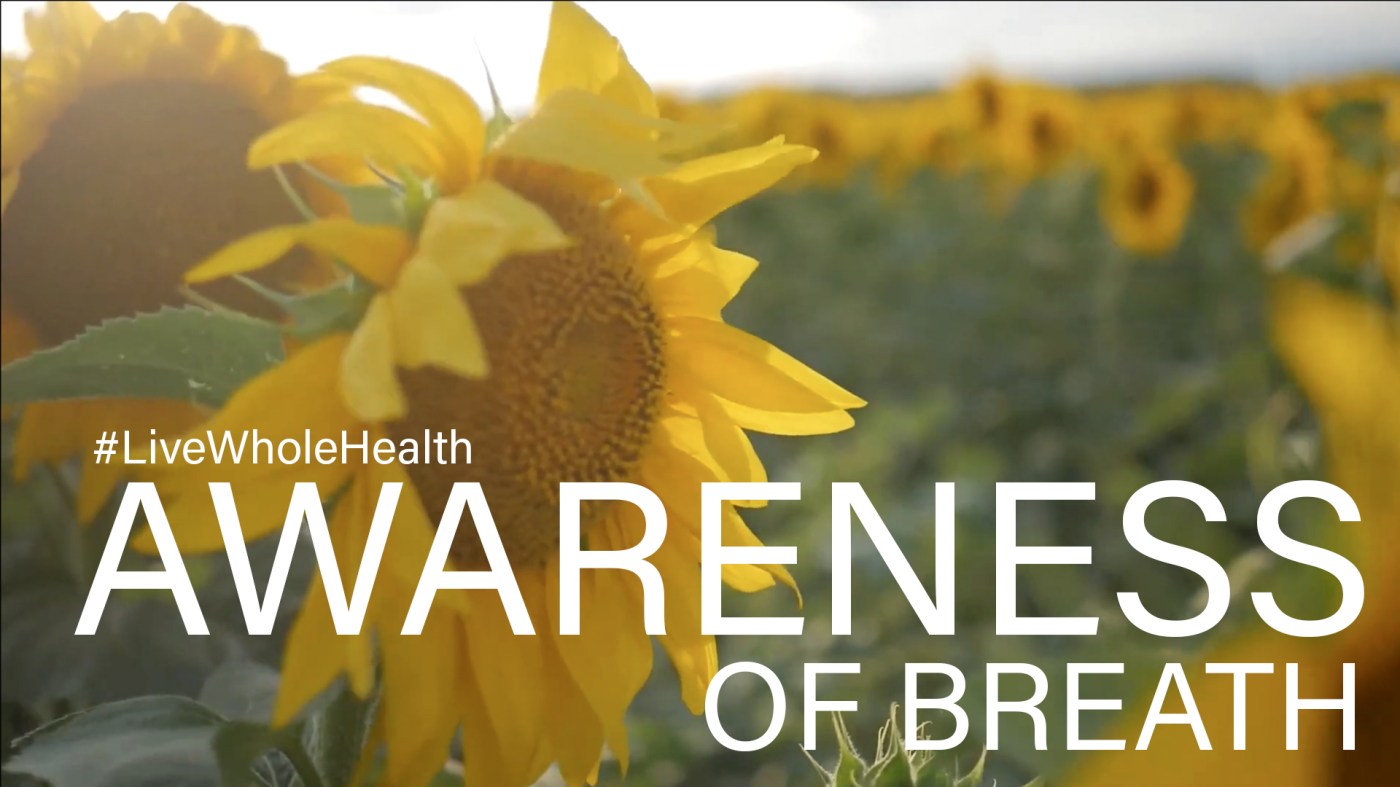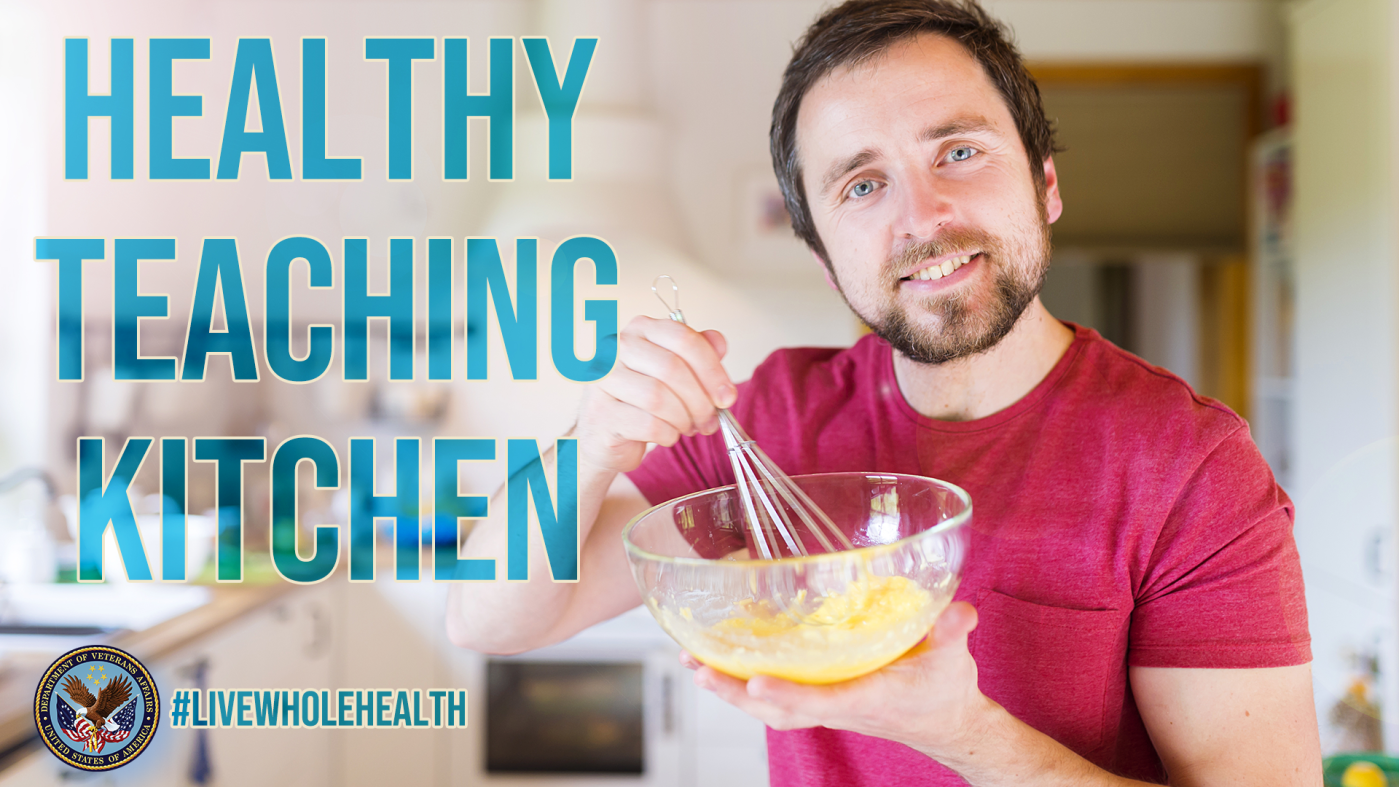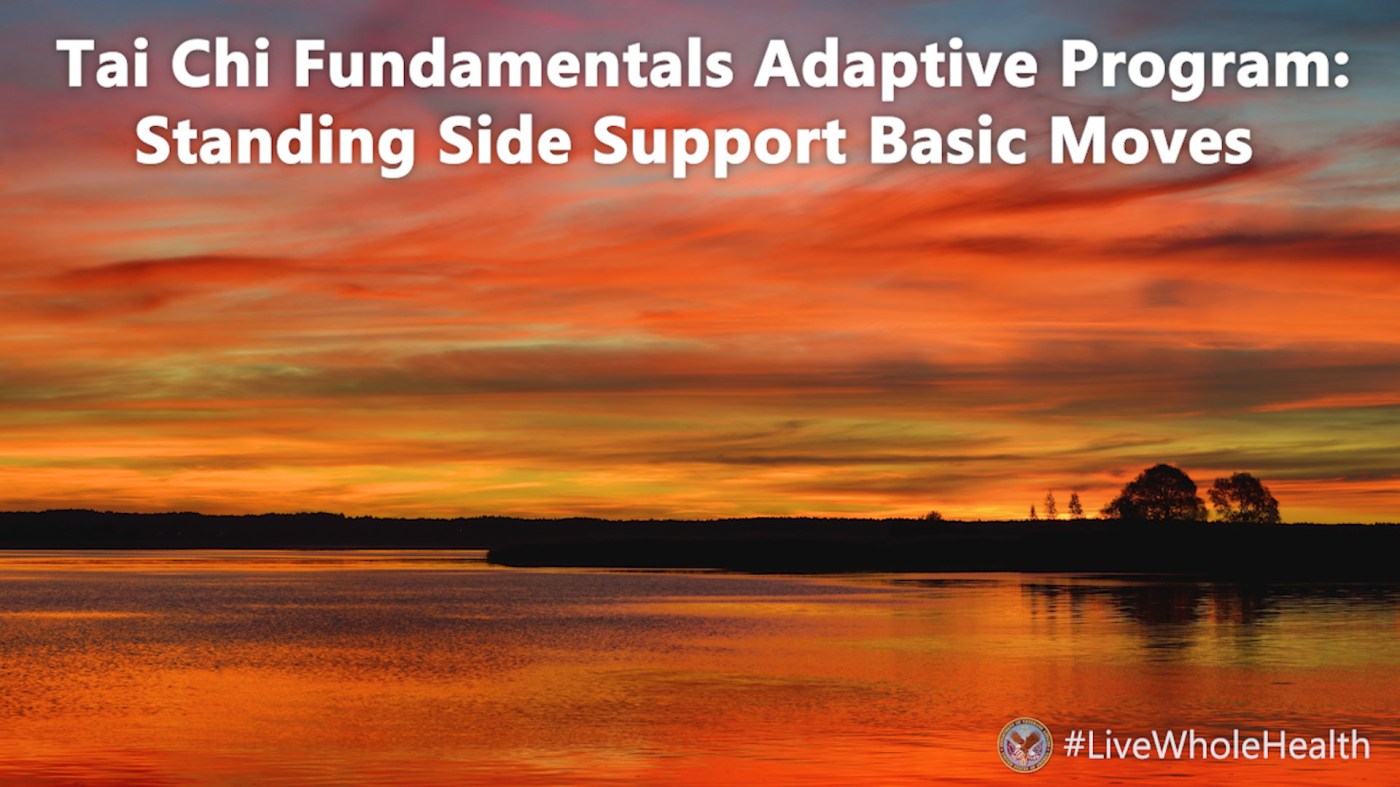Breathing is something we do on a regular basis, often without thinking about it unless we are having challenges. Although it may be something we just do, it is one of the most important functions of the body. We begin our lives with our first breath and end them with our last.
In the practice of yoga, breathwork practice is sometimes referred to as “pranayama.” It is one of the many tools that make up the practice of yoga. According to scientific research, there are various benefits of pranayama including, but not limited to: decreasing stress, improving sleep quality, increasing mindfulness, decreasing blood pressure, improving lung function, enhancing cognitive performance and reducing cigarette cravings.
Emotional states or stress levels can have a matching breath pattern
How we breathe can have a huge impact on how we feel, and how we feel can impact how we breathe. You may not think much about whether breathing through the mouth or the nose is healthier, and why. The much-overlooked nose is a part of the body that was designed to do so much to keep us healthy. Each day we breathe in between 10,000 and 20,000 liters of air.
Breathing through the nose acts as a sort of filter and humidifier to protect us from potentially harmful substances. Here are a few of the main jobs of the nose:
- Warming, cleaning, and humidifying the air; preparing it to enter the lungs
- Controlling the flow of air and movement
- Providing the mechanism for sneezing and histamine release
- Initiating the smell reflex
- Encouraging nasal flow during sleep
Awareness of the breath and how we breathe can support our health and even help us to be more present and mindful. With a more focused present-moment awareness of your breath as your anchor, you may experience that your attention expands to other mental, emotional or physical experiences. By simply returning your attention to your breath each time it wanders, you are accepting your experience without explanation, judgement or resistance.
In this 7-minute recording, I will guide you through a short mindfulness practice with a focus on the breath.
Mindful breathing can be done formally as we just practiced, or informally throughout your day by simply pausing to use the breath as a cue, bringing awareness to your present experience. Or…
Try this
Set a timer for one minute, count your rounds of breath (including the inhale and exhale through the nose as one round), then write that number down. Throughout your day when you feel like you could use a minute of mindful breathing, pause to take the number of breaths you took in that minute.
Looking for more breathing or other practices, or more information on how mindful breathing can positively impact your health? Look through the #LiveWholeHealth archives for a variety of practices!
Check out the Whole Health website to learn more about Whole Health and how it can support your health and well-being.
Topics in this story
More Stories
Embrace simplicity and balance during the holiday frenzy! Discover the beauty of self-care and a nourishing meal in this week's #LiveWholeHealth practice.
Forget 'No Pain, No Gain'—try 'No Pain, More Gain' with Tai Chi! Calm the mind and gift yourself well-being in this week's #LiveWholeHealth practice.
Rumi’s "The Guest House" invites us to welcome each emotion as a teacher, even the unexpected ones. Listen and reflect for this week's #LiveWholeHealth practice.







I was amazed at how much help the video and written suggestion has reduce relieved body tension I didn’t realize I was causing. Simply, by counting the numbers of breaths in a minute made me realize I was causing my body to not relax and become tire easily.
.